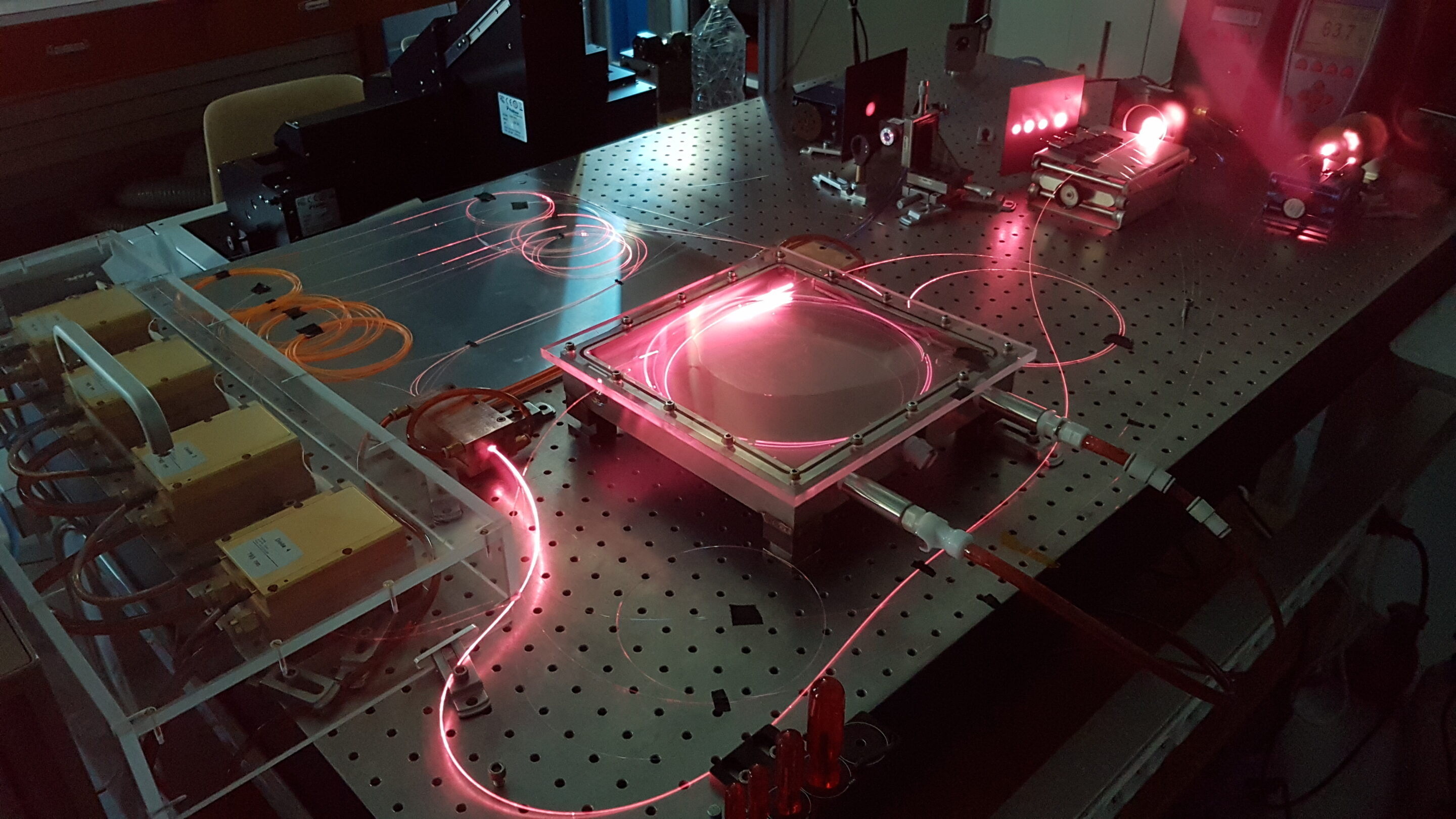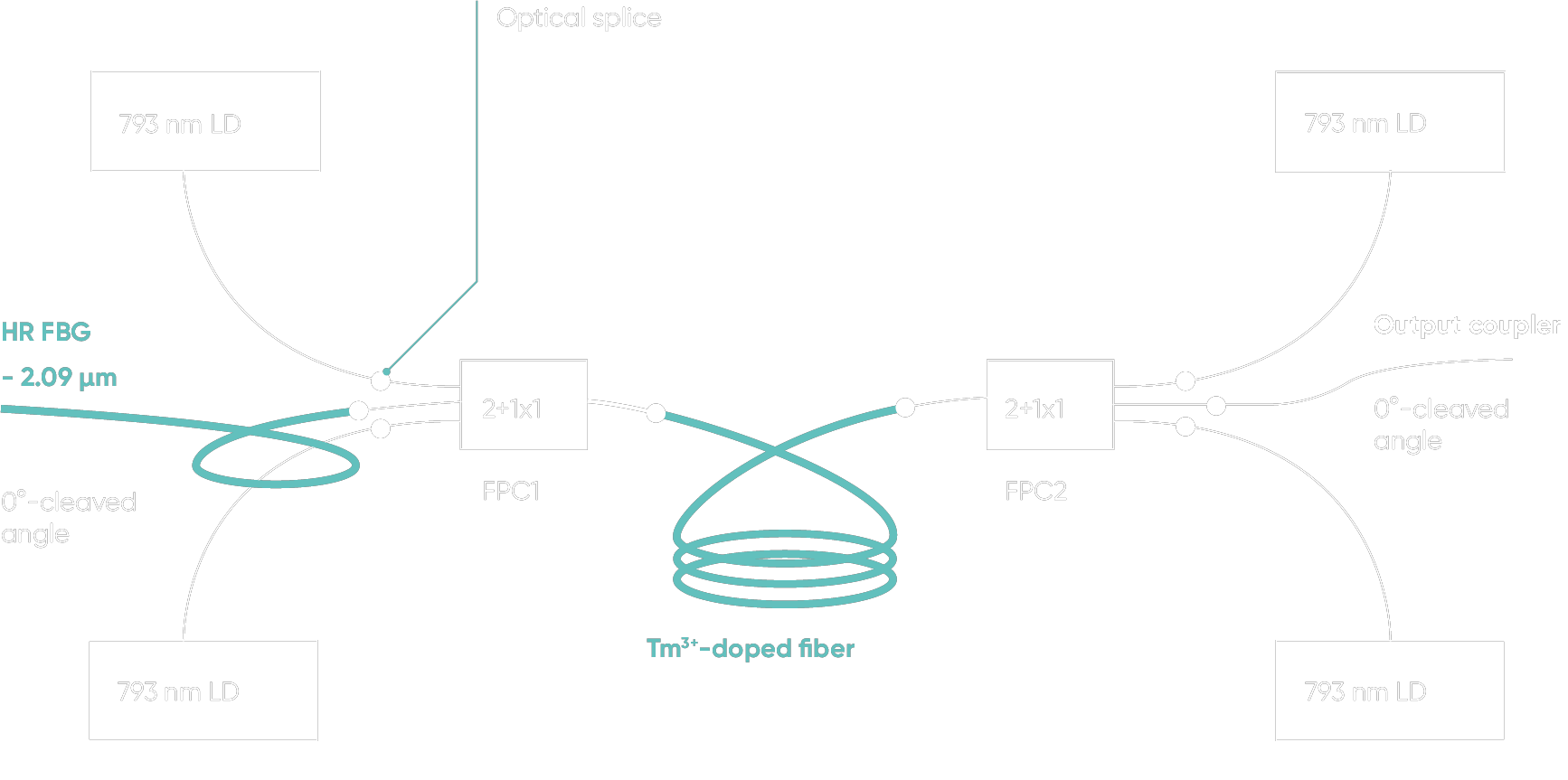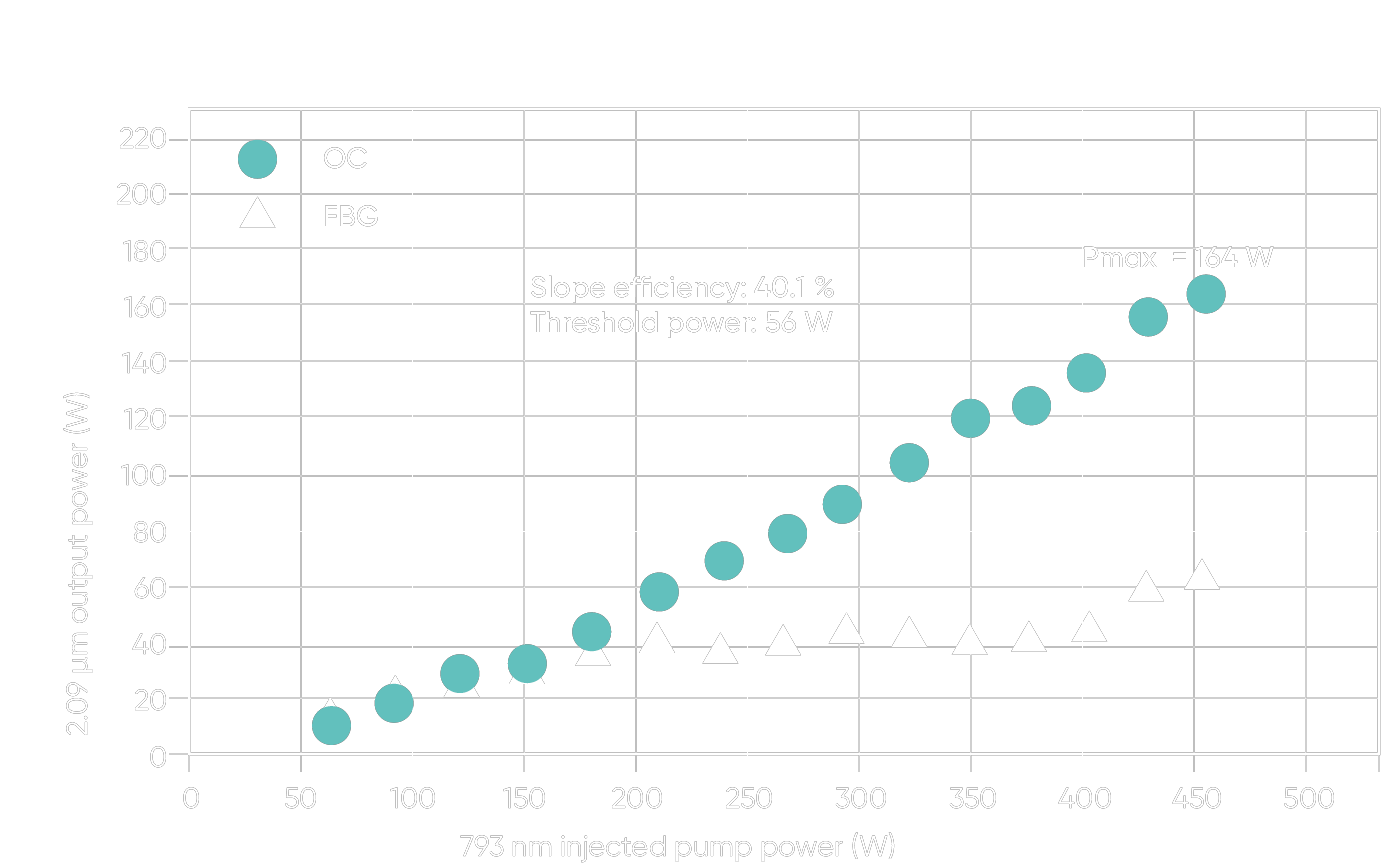- Photonics & Space
New 2 µm fiber laser sources for defense


For many years now, the French-German research institute of Saint-Louis (ISL) has been a partner of Exail in the rising field of 2 µm fiber lasers. Exail supports the emergence of innovations in this field with its extensive experience and portfolio.
The ISL is a bi-national institute jointly operated by the French Republic and the Federal Republic of Germany. The mission of the ISL is to develop technical innovations in the fields of defense and security, from basic research to the development of preindustrial prototypes that can be integrated in operative equipment (TRL from 1 to 6). A large proportion of its research contracts are concluded with the DGA (General Directorate for Armament) and the BAAINBw (Federal Office of Bundeswehr Equipment, Information Technology and In-Service Support) as well as with industry at national and international levels.
Among other activities, the Institute focuses on “Controlling the effects of projected energy and increasing its precision”. It includes the development of new laser sources emitting in the wavelength range from 2 µm – 5 µm for defense applications, based on new lasing materials such as silica doped fibres (thulium – Tm, holmium – Ho). The ISL obtained in 2021 some very interesting results using an Exail optic fiber: a monolithic laser source with Tm-Ho codoped fiber in single oscillator emitting 195 W at 2090 nm in continuous mode (A. Motard and al. Optics Express, 2021). This result obtained at the occasion of a research program with the DGA opened new horizons for the development of Directed Energy Laser (DEL) in the 2 µm range using laser architecture based on Tm/Ho doped fibers.
Exail leverages 20 years of experience in manufacturing doped fibers at its Lannion site. Its portfolio counts a range of Tm & Ho doped fibers for amplifiers and fiber lasers addressing the 2 µm market, but also high-performance modulation solutions (LiNbO3 modulators and ModBox) and integrated micro-optics benches adapted to this wavelength range. The main products delivered by Exail on which the ISL relies to develop its research are the Tm doped fibers, the Tm-Ho doped fibers and the Fiber Bragg Gratings (FGBs), for the design of fiber laser cavities in specific wavelengths. They are key components for the development of laser architecture in the 2 µm range that are as efficient as possible, and that can deliver high power (around 200 W). Fibered laser systems have plenty of advantages for defense applications: they are compact and robust, and resist to vibrations, which is key for embedded applications. In the past five years, fibered components such as doped fibers and FBGs have become the most adapted technologies to develop more powerful laser systems.
“FBGs in particular have been improved considerably in the recent years to adapt to the high-power laser applications, in the 2 µm range but also in other wavelengths (see graph). The new generation of Exail’s FBGs are now perfectly fitted for integration into this type of laser architecture” highlights Anne Dhollande, Head of Laser Development group at the ISL.

High energy laser emitting in the sub-2 µm range (between 3 and 5 µm when combined and converted) also find application in the Directional Infrared Counter Measures (DIRCM) field, which consists in targeting surface-to-air missiles optoelectronic system with a high efficiency and highpower laser beam. A relatively small device, such as a compact and stable fiber laser system installed on an aircraft, can disrupt the missile seeker by focusing all of its infrared output on it. This effective method of jamming infrared missile seekers through the sensor confuses the missile guidance system with pulsing flashes of infrared energy. It prevents the tracking of the targeted aircraft which rely on the accurate tracking of the infrared emission coming from the thermic signature of the target.
In the air, the water molecules will absorb infrared light in one specific wavelength at 1940 nm. It is thus important to ensure that any laser source developed for such applications in free-space emits over 2000 nm. In Spring 2023, new results were published by Exail and the ISL, this time with a Single-Oscillator Monolithic Thulium-Doped Fiber Laser, allowing highefficiency emission at 2.09 µm, reaching 193 W (C. Louot and al. IEEE Photonics (2023 – see figure).
“It is the first time that a laser architecture only based on thulium doped fibers show such an efficient emission, opening the way for developments relying only on thulium ions” adds Anne Dhollande.
Exail and the ISL are already working on a new type of fiber laser architecture aiming at reaching powerful emission for DEL applications, in the framework of a research project with French ONERA and funded by DGA. The laser architecture is based on a Tm doped fiber monolithic continuous source at 1940 nm, pumping a holmium-doped triple clad fiber emitting at 2.12 µm (delivered by Exail). Such a specific architecture should allow to increase the laser power while avoiding heat in the second inner cladding, and thus protecting the acrylate cladding.




